Prawn brains are splattered all over my shirt, the right side of my face is numb from chili pepper overload, and a spiky shrimp rostrum just shanked me in the finger. I’ve rarely been happier.
I’m sitting inside chef Bryant Ng’s airy, industrial restaurant, Cassia, a few short blocks from the Santa Monica Pier, devouring a plate of Vietnamese Sunbathing Prawns that are so brazenly spicy, so joyously messy, and so riddled with charcoal-grilled flavour that eating them is practically a numinous experience.
That meal was not the only one that blew my mind during a recent trip to L.A. There was a spaghetti carbonara at Viale dei Romani that was so lusciously silky and pungent with black pepper and chunky guanciale that it effectively ruined all other versions of the dish. And, at Sqirl, a forbidden rice salad spiked with pickled persimmons, smoked walnuts, burnt onions, and fermented honey turned the ubiquitous “bowl” into something exotic and sumptuous. At Pikunico, the Japanese fried chicken karaage, heady from its ginger–soya marinade, was the best I’ve tasted this side of the Takashimaya food hall in Tokyo. And at Gjusta, beneath the shade of some exotic tree, I was stunned by sheets of lox, soft as a French kiss, draped against a cube of crisp rosti.
Clearly, L.A.’s food scene is ready for its close-up.
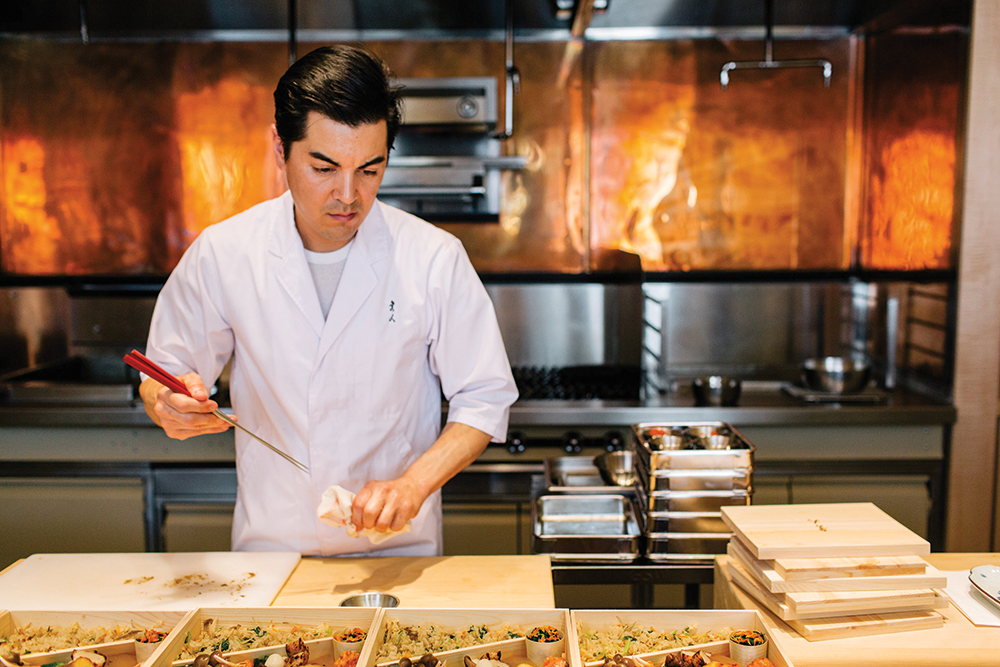
Once derided as a veritable culinary wasteland — Matsuhisa and Spago notwithstanding — more obsessed with macrobiotic juices, raw food veganism, and master cleanses than pleasurable gluttony, L.A. is now the food destination other cities can only aspire to be. It may, in fact, be the most exciting place to eat right now anywhere on earth.
“Americans used to look to New York for the source of ideas and trend dissemination and emerging cuisine,” says Bill Addison, the newly installed restaurant critic at the Los Angeles Times, “and those things are very alive in Los Angeles at the moment.” As someone who travelled the whole country eating for almost five years while he was Eater’s national critic, Addison has an expansive view. “This city feels more energized in these essential ways,” he adds, “in the richness of its diversity, in the cuisines represented here and supported by their own communities, in the utter profundity of the seasonality here. Those things are more exciting in Los Angeles, but also people are recognizing it now and it gives the city permission or encouragement to dig in.”
“The city feels more energized — in the richness of its diversity an in the utter profundity of its seasonality.”
Two chefs largely responsible for giving L.A. permission to indulge are Jon Shook and Vinny Dotolo. Like so many of the city’s great restaurateurs, the two are imports to the city, but after nearly 20 years spent building a collection of restaurants — Animal, Trois Mec, Jon & Vinny’s, and Kismet, all vital spots that have contributed immeasurably to the new food scene — they are considered Angelenos through and through.
I asked the pair why they thought there was such an influx of established talent to the city these days. “I think they’re coming for a lot of reasons,” Shook explained. “Lifestyle, produce, rent. Rent seems cheap to these guys here in L.A. compared to New York.”
Those factors have unleashed a wave of culinary immigration into the city. Canada’s own Janet Zuccarini partnered with chef Evan Funke to open Felix in 2017, and that same year, the restaurant went on to top nearly every national best restaurant list. Just last year, chef Daniel Humm and his partner Will Guidara, of the three-Michelin-star Eleven Madison Park, opened their first restaurant outside of New York here. Around the same time, renowned chef and TV personality, David Chang, of Momofuku fame, launched his first L.A. outpost: Majordomo.
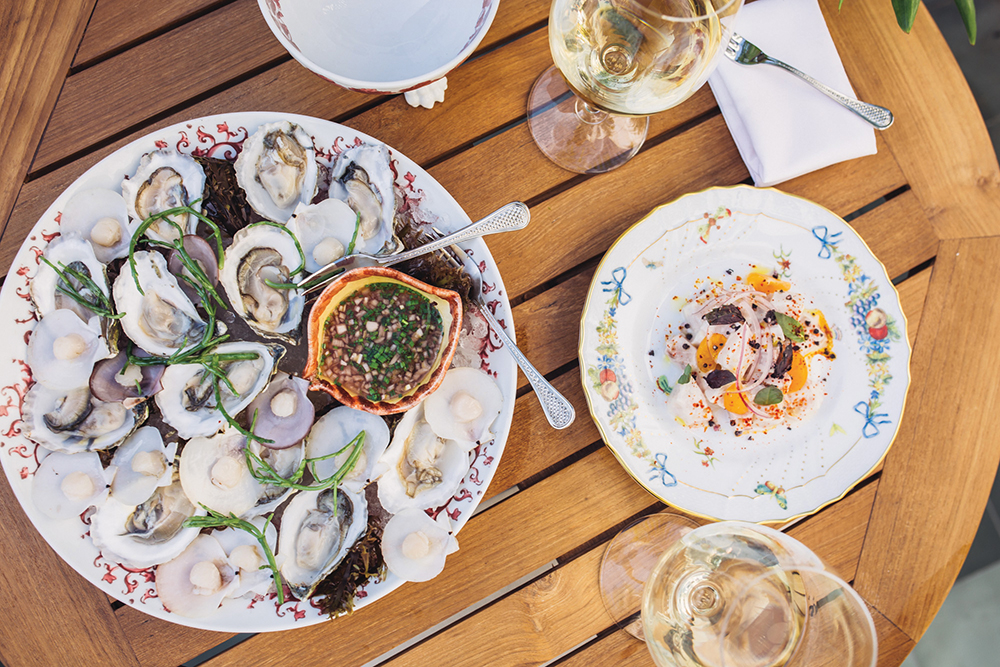
Chang has long been a supporter of Los Angeles. He dedicated one of the final issues of his magazine, Lucky Peach, to the city and told the food podcast, House of Carbs, that he thinks Koreatown in downtown L.A. is home to, “probably the coolest food in all of America.” In that same interview the chef also praised the ridiculous abundance and quality of excellent Asian restaurants — everything from Taiwanese breakfast joints to Indonesian comfort-food specialists — in the San Gabriel Valley. In a December Instagram post, he named Spoon By H, a strip mall café off Beverly Boulevard, his favourite restaurant of the year.
Enrique Olvera, the chef of Pujol (and he of the sea urchin tostadas), already runs celebrated restaurants in Mexico City and New York, and plans to open his first L.A. restaurant this summer. “I always like to work in cities that I have a connection to and where I enjoy spending time,” Olvera recently told the website Eater. “Also, I think there’s a Mexican cuisine that happens in Los Angeles that doesn’t happen anywhere else. There are influences from Asia…there’s a mix between Korean–Mexican and Japanese–Mexican, and I’m interested in being part of that.”
Lots of cities have global influences, but something about Los Angeles makes those connections feel even more vital. “We have one of the largest ports in all of the United States,” says Shook, “so we have this amazing influx of foreign products that comes to us from Asia. And being bordered with Mexico, we have access to all of that product in our menus and our culture here as well. Angelenos think of L.A. as part its own country. You’ve got Canada, you’ve got the United States, you’ve got Mexico, and you’ve got California.”
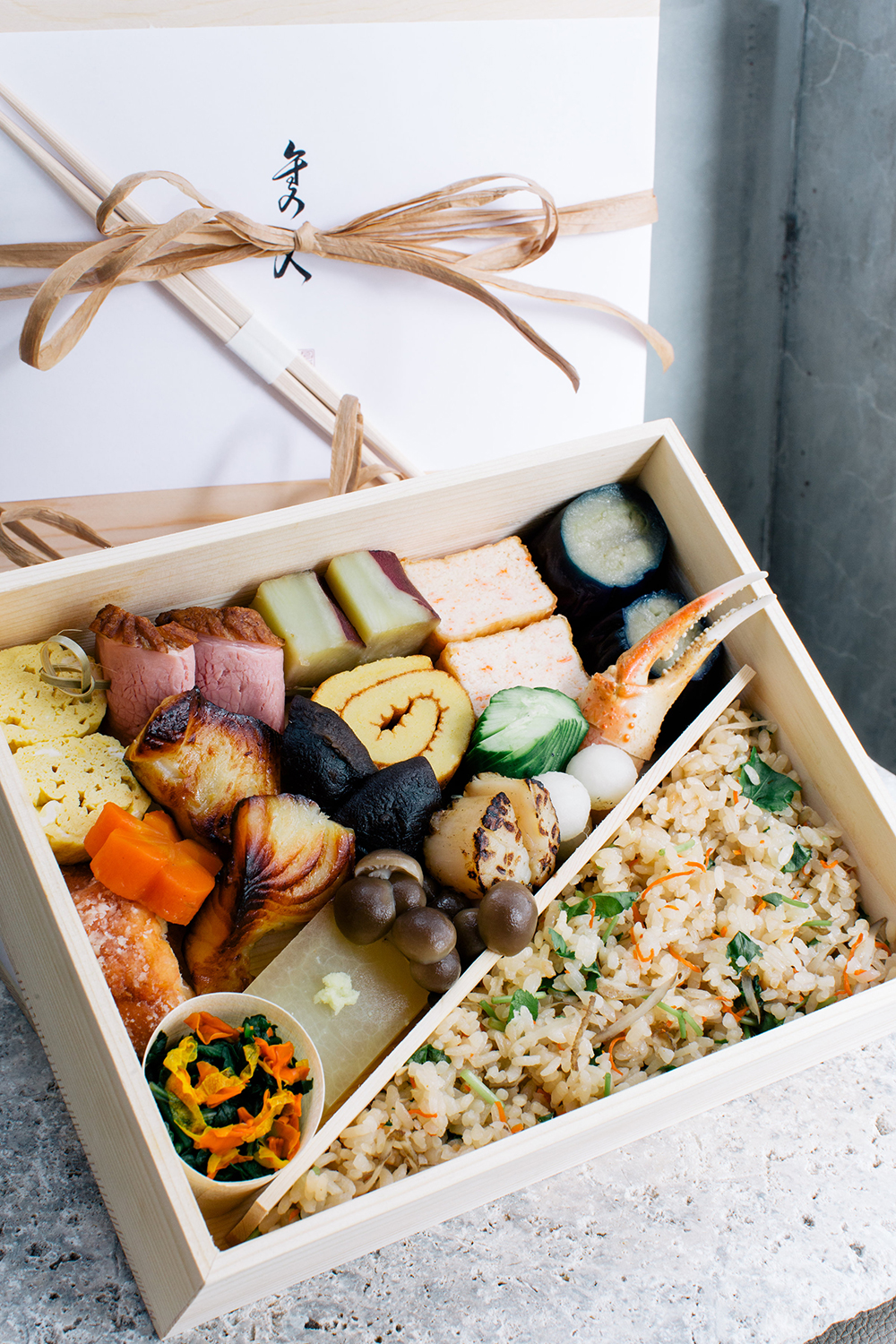
Keeping track of everything going on in the food scene in a city the size of a small country is no easy task, but L.A. supports a wide network of food media. Websites like Eater, LAist, and the Infatuation, as well as traditional print media, have played an outsized role in keeping diners in the loop and getting the word out about new openings and undiscovered gems.
No writer, however, was more important to L.A.’s food scene than Jonathan Gold. The first food writer to win the Pulitzer Prize for criticism, his singular voice was vital in bringing Los Angeles’s food culture to a global audience. Gold changed the way people write about food and what readers expected from food writing. His criticism was as much about culture and community as it was about what tastes good, and his writing brought the city and its inhabitants to life through food. Consequently, it came as a devastating blow last year when, at the age of 57, Gold died suddenly from pancreatic cancer. His passing rocked the food community.
Rather than retrench, however, Gold’s employer, the Los Angeles Times, doubled down on its food coverage, literally, and hired two new critics in an effort to fill his shoes. They followed that move up by announcing plans to bring back the paper’s stand-alone food section, after a seven-year hiatus. The move bucks current publishing trends, but shows how hungry L.A.’s readers are for food coverage in the city.
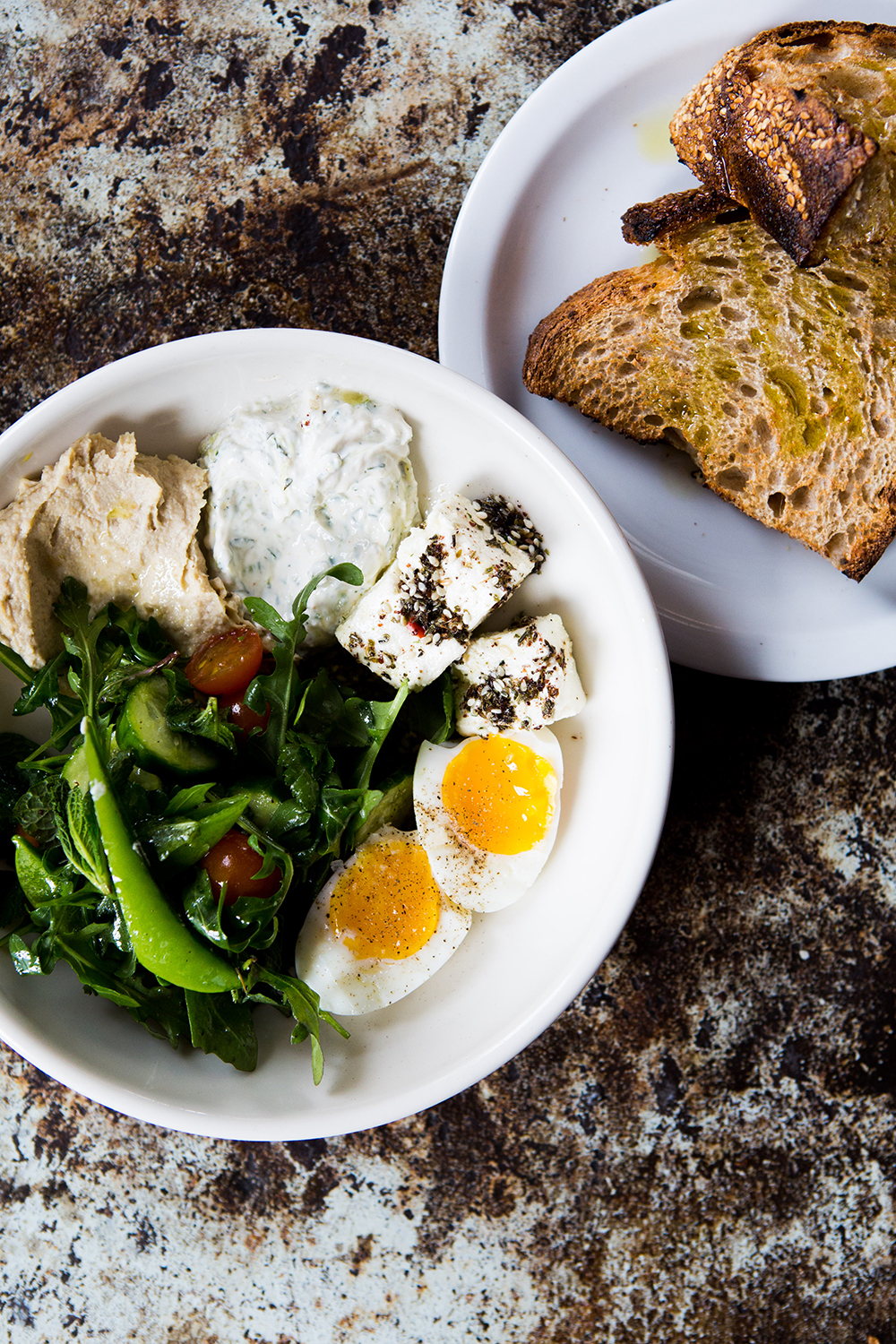
Addison acknowledges how remarkable this level of investment into food writing is. “In a moment where this paper has the resources to focus on any area of coverage that it deems important, the fact that it is investing in a stand-alone food section again, and hiring people who can make that happen on every level of food and dining coverage, that speaks directly to the exciting moment in Los Angeles.”
Among the city’s most ambitious and anticipated new culinary projects is ROW DTLA. The massive adaptive-reuse project converts numerous historic factory and warehouse buildings in the heart of downtown (one of them used to be American Apparel’s headquarters) into retail shops, creative offices, and a fascinating mix of high-end and small but ambitious restaurants and cafés.
Australia’s hippest coffee purveyor, Paramount Coffee Project, is already there, along with Japanese fried chicken from Top Chef alum Kuniko Yagi, as well as the first West Coast outpost of Rappahannock Oyster Bar, among many others. During the week, the area plays host to the 7th Street Produce Market, a massive commercial market that provides fresh ingredients for a huge swath of Southern California. On Sundays, the site hosts Smorgasburg, a sprawling open-air food market concept imported from Brooklyn.
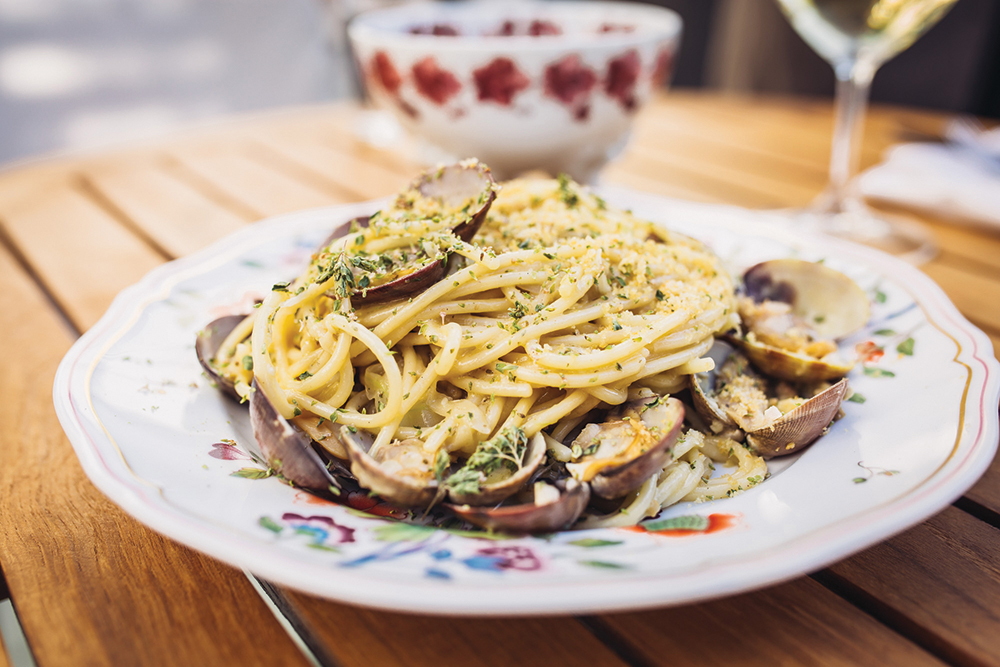
The anchor for the whole project, though, is the 40,000-square foot Manufactory, a collaboration between James Beard Award–winning chefs Chad Robertson, Elisabeth Prueitt — of San Francisco’s Tartine Bakery — and Chris Bianco, the Pheonix-based chef who is considered among the finest pizza-makers in the world. The colossal space is just revving up, but will eventually include a production bakery, curated market, two restaurants, and a coffee roasting lab.
When I asked Chris Bianco what attracted him to come from Phoenix to L.A. to tackle this beast of a project, his answer was simple. “It’s a really special time to be in Los Angeles,” he said. “There’s so much talent and support, incredible producers, and talented people all the way up and down the supply chain. It’s amazing to be here right now and I’m incredibly grateful to be a part of something so sincere and authentic in this really special place.”
L.A.’s culinary awakening signifies a sea change. Chefs, diners, and the food media alike are now looking to the city for fresh inspiration — and we all might just eat better for it.




